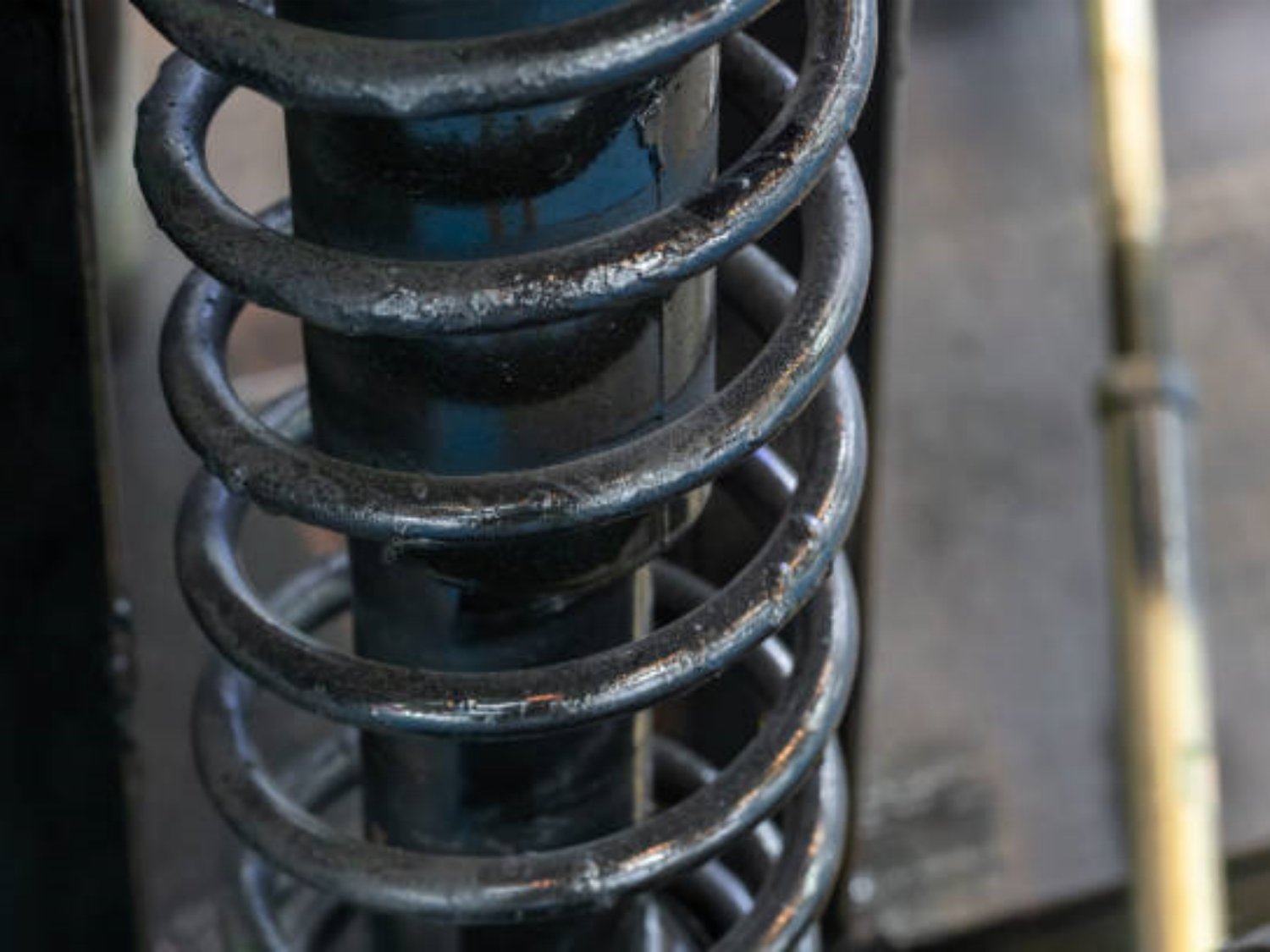The Importance of locomotive springs in Railway Transportation
Introduction:
Railway transportation has been a vital mode of moving people and goods for centuries. The locomotive, which powers these trains, relies on various components to operate smoothly and efficiently. One such component is the locomotive springs. These springs play a crucial role in ensuring the locomotive's suspension, stability, and overall performance. In this article, we will explore the different aspects of locomotive springs and their significance in railway transportation.
1. Understanding Locomotive Springs
Locomotive springs are mechanical devices designed to absorb and store mechanical energy in the form of potential energy. They are typically made of high-quality steel, which provides the necessary strength and durability to withstand the rigorous demands of railway operations. Locomotive springs can be found in various parts of the locomotive, including the suspension system, brake rigging, and couplers.
2. Suspension System: Ensuring a Smooth Ride
One of the primary functions of locomotive springs is to support the locomotive's suspension system. The suspension system consists of a network of springs and shock absorbers that work together to absorb shocks and vibrations caused by uneven tracks, curves, and changes in terrain. By providing a cushioning effect, locomotive springs ensure a smooth and comfortable ride for both passengers and cargo, minimizing the risk of damage to goods and ensuring passenger safety.
3. Stability and Control: Keeping the Locomotive on Track
Another critical aspect of locomotive springs is their role in maintaining stability and control. As the locomotive moves along the tracks, it is subjected to various forces, such as centrifugal force during turns or lateral forces during braking. Locomotive springs help absorb and distribute these forces, preventing excessive tilting or swaying of the locomotive and keeping it firmly on the tracks. This ensures a safe and stable operation, reducing the risk of derailment and accidents.
4. Brake Rigging: Applying and Releasing Brakes
Locomotive springs also play a crucial role in the brake rigging system. When the engineer applies the brakes, the locomotive springs compress, storing potential energy. This energy is then released when the brakes are released, allowing for a smooth and efficient braking process. The proper functioning of locomotive springs in the brake rigging system is essential for maintaining control and preventing sudden jolts or jerks that could compromise passenger comfort and safety.
5. Couplers: Connecting Locomotives and Cars
Couplers are the devices that connect locomotives and cars, allowing them to move as a unified train. Locomotive springs are often used in the design of these couplers to provide the necessary flexibility and shock absorption. The springs help compensate for the dynamic forces generated during coupling and uncoupling, reducing the stress on the coupler components and ensuring a secure and reliable connection between the locomotive and the cars.
6. Maintenance and Replacement
Like any mechanical component, locomotive springs require regular maintenance and eventual replacement. The rigorous demands of railway operations can lead to wear and tear, fatigue, and loss of spring tension over time. Regular inspections, lubrication, and testing are essential to identify any issues and ensure optimal performance. When replacement is necessary, it is crucial to use high-quality springs that meet the required specifications to maintain the locomotive's performance and safety.
7. Innovations in Locomotive Springs
Advancements in technology have led to innovations in locomotive spring design. Manufacturers are continually working to improve the performance, durability, and efficiency of these crucial components. One such innovation is the use of composite materials in spring manufacturing, which offers enhanced strength and reduced weight. Additionally, computer modeling and simulation techniques help optimize spring design to meet specific requirements and improve overall locomotive performance.
8. Importance for Freight Transportation
Locomotive springs are not only vital for passenger transportation but also for freight transportation. The ability to absorb shocks and vibrations ensures the safe transportation of goods, reducing the risk of damage or loss. Furthermore, reliable and efficient locomotive springs contribute to the overall timeliness and punctuality of freight operations, minimizing delays and improving supply chain efficiency.
9. Environmental Impact of Locomotive Springs
Efficient locomotive springs also have a positive environmental impact. By providing a smoother ride and reducing the risk of derailment, locomotive springs help minimize energy wastage and fuel consumption. This leads to lower greenhouse gas emissions and a more sustainable railway transportation system. Additionally, ongoing research and development efforts aim to further optimize locomotive spring design to maximize energy efficiency and reduce the environmental footprint of railway operations.
10. Conclusion
Locomotive springs play a critical role in ensuring the smooth and safe operation of locomotives in railway transportation. From supporting the suspension system to maintaining stability, controlling braking, and connecting locomotives and cars, these springs are indispensable components. Regular maintenance, proper inspection, and the use of high-quality springs are essential to ensure optimal performance and safety. As technology continues to advance, further innovations in locomotive spring design will contribute to the efficiency, reliability, and sustainability of railway transportation.

